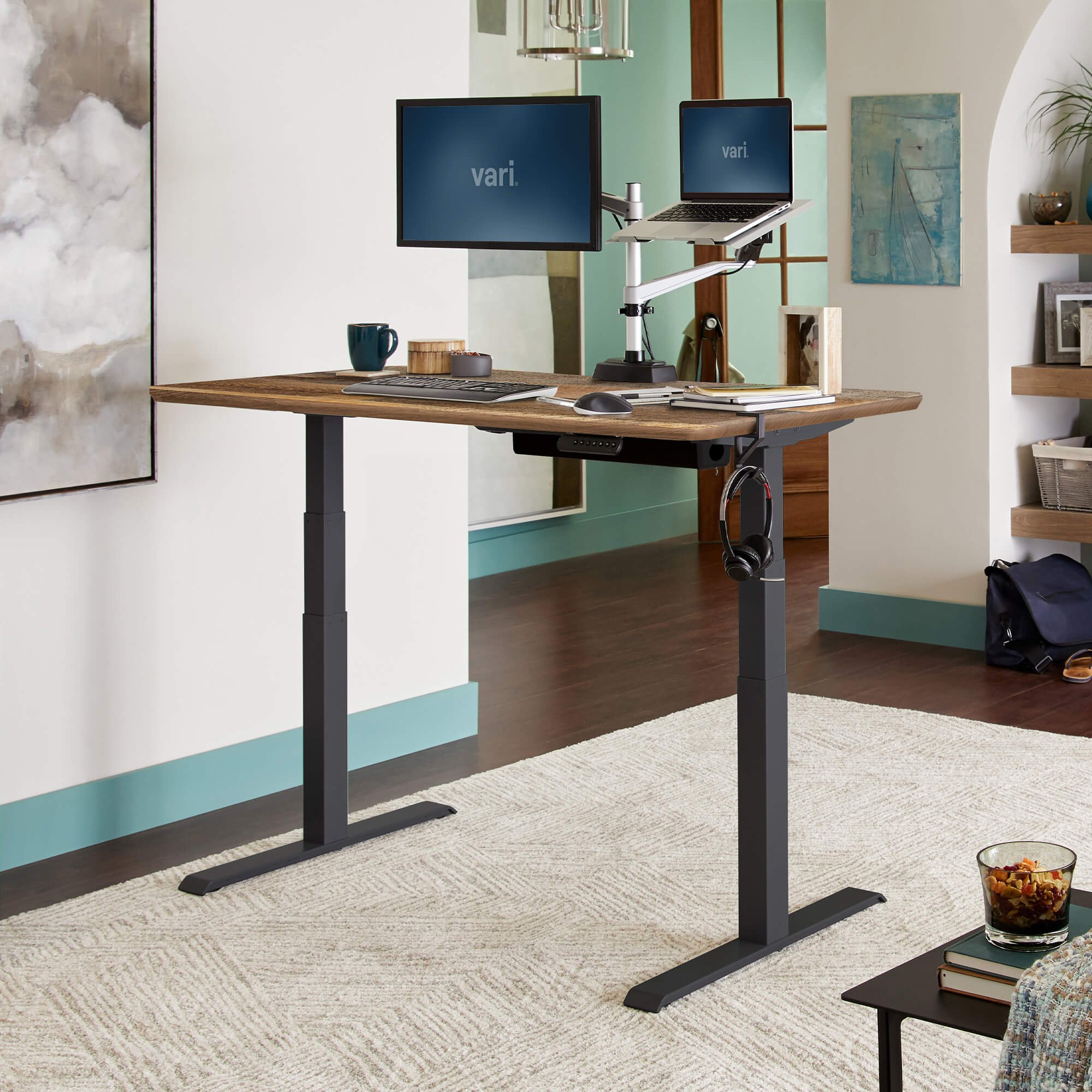Introduction: The Rise of the Standing Revolution
In the quest for healthier work environments and enhanced productivity, standing desks have emerged as a popular alternative to traditional seated workstations. As the modern workforce grapples with the consequences of sedentary lifestyles, these adjustable work surfaces promise a solution that could potentially combat health issues while boosting work efficiency. However, the question remains: do standing desks live up to their hype, or are they just another passing fad in office ergonomics? This article delves into the pros and cons of using standing desks, examining their impact on both health and productivity.
Health Benefits: A Step Towards Wellness
Reduced Back Pain and Improved Posture
One of the most widely touted advantages of standing desks is their ability to alleviate back pain and encourage better posture. Prolonged sitting has been linked to increased pressure on the lower back, leading to discomfort and long-term spinal issues. By standing, individuals naturally distribute their body weight more evenly, reducing strain on the spine and engaging core muscles that support good posture.
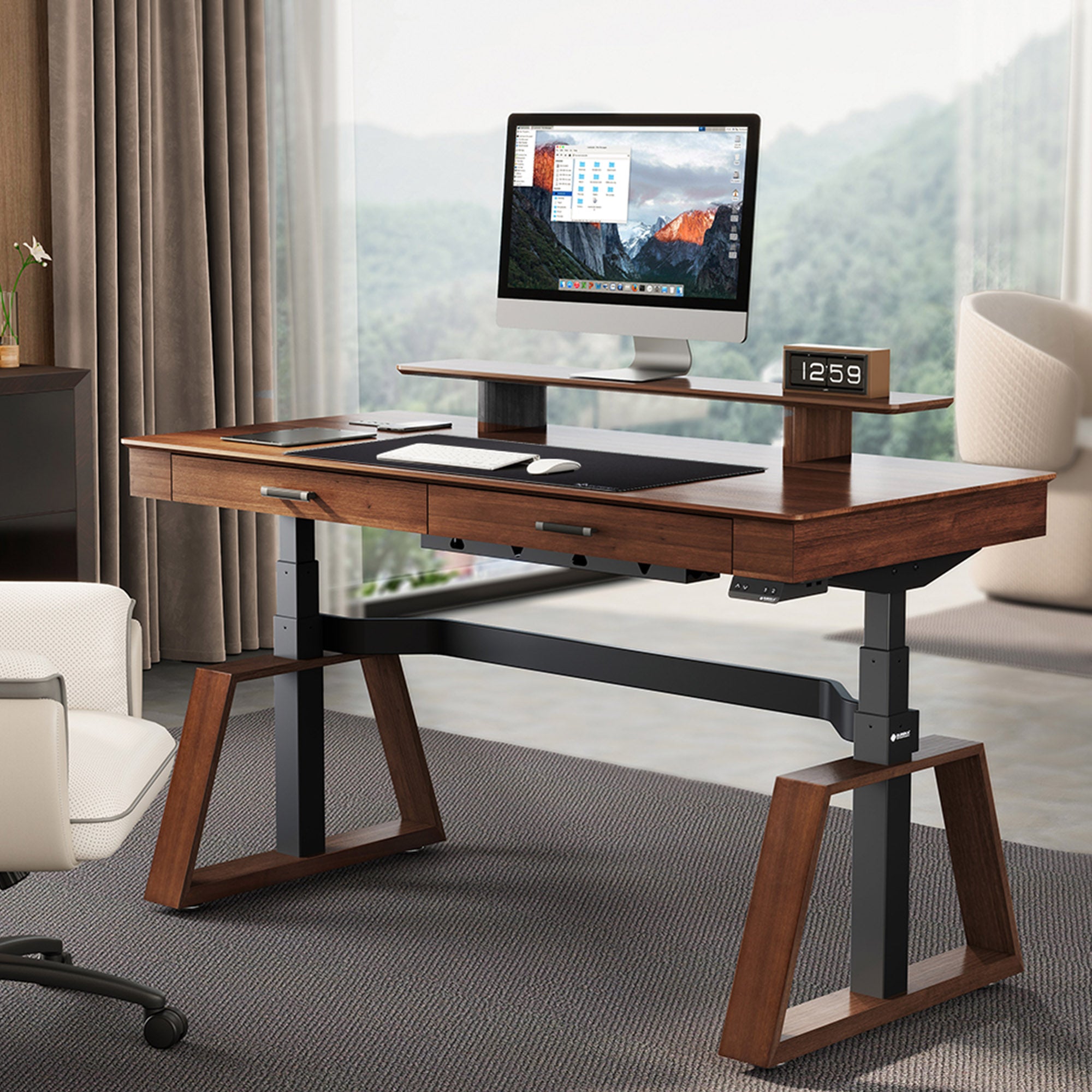
Enhanced Metabolic Function and Weight Management
Research suggests that standing can increase metabolic rates compared to sitting, potentially burning more calories throughout the day. This subtle yet consistent boost in energy expenditure may contribute to weight management efforts and reduce the risk of obesity-related diseases. For those looking to incorporate more physical activity into their daily routine without interrupting work, standing desks offer a practical solution.
Lower Risk of Chronic Diseases
Extended periods of sitting have been associated with heightened risks of chronic conditions such as heart disease, diabetes, and even certain cancers. Incorporating standing into the workday can help mitigate these risks by improving blood circulation, reducing insulin resistance, and lowering cholesterol levels. Standing desks, therefore, play a crucial role in promoting overall health and preventing lifestyle-related illnesses.
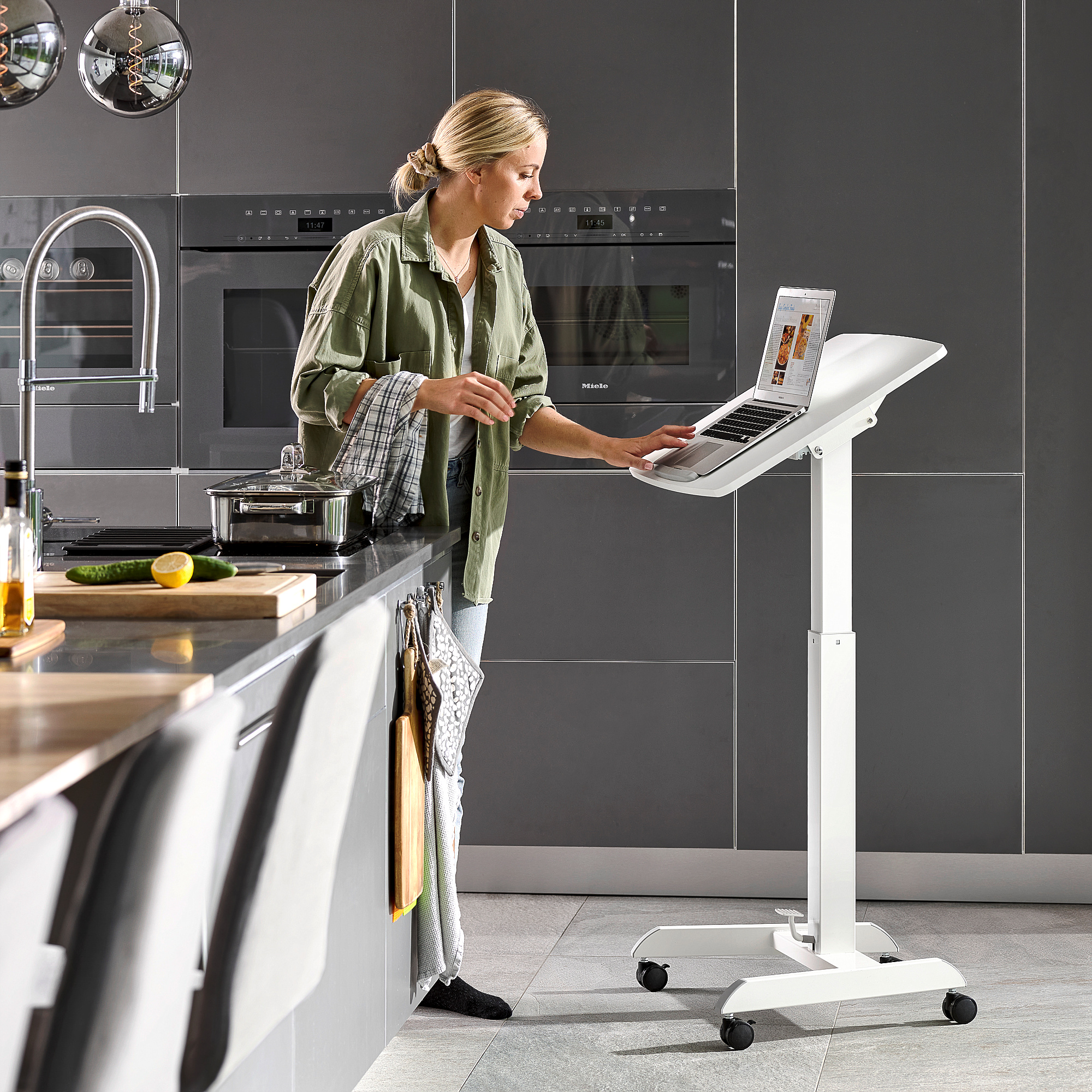
Potential Drawbacks: Balancing Act
Fatigue and Muscle Strain
While standing has its benefits, it’s not without its drawbacks. Users new to standing desks may initially experience fatigue in their legs, feet, and back, especially if they’re not used to being on their feet for extended periods. Over time, this can lead to muscle strain and discomfort if proper ergonomic practices aren’t followed. Adjusting gradually and using anti-fatigue mats can help mitigate these issues.
Impact on Cognitive Function and Focus
Contrary to popular belief, some studies suggest that prolonged standing may not necessarily enhance cognitive function or focus. In fact, a few studies indicate that standing for extended durations could lead to decreased concentration and mental fatigue. It’s crucial to strike a balance between sitting and standing to ensure optimal cognitive performance throughout the workday.
Implementation Challenges and Cost Considerations
Adopting standing desks across an organization or for personal use comes at a cost—both financially and in terms of workspace adjustments. High-quality standing desks can be expensive, and retrofitting an entire office can be a significant investment. Additionally, ensuring each employee’s desk is correctly adjusted to their height can be a logistical challenge, requiring training and ongoing support.
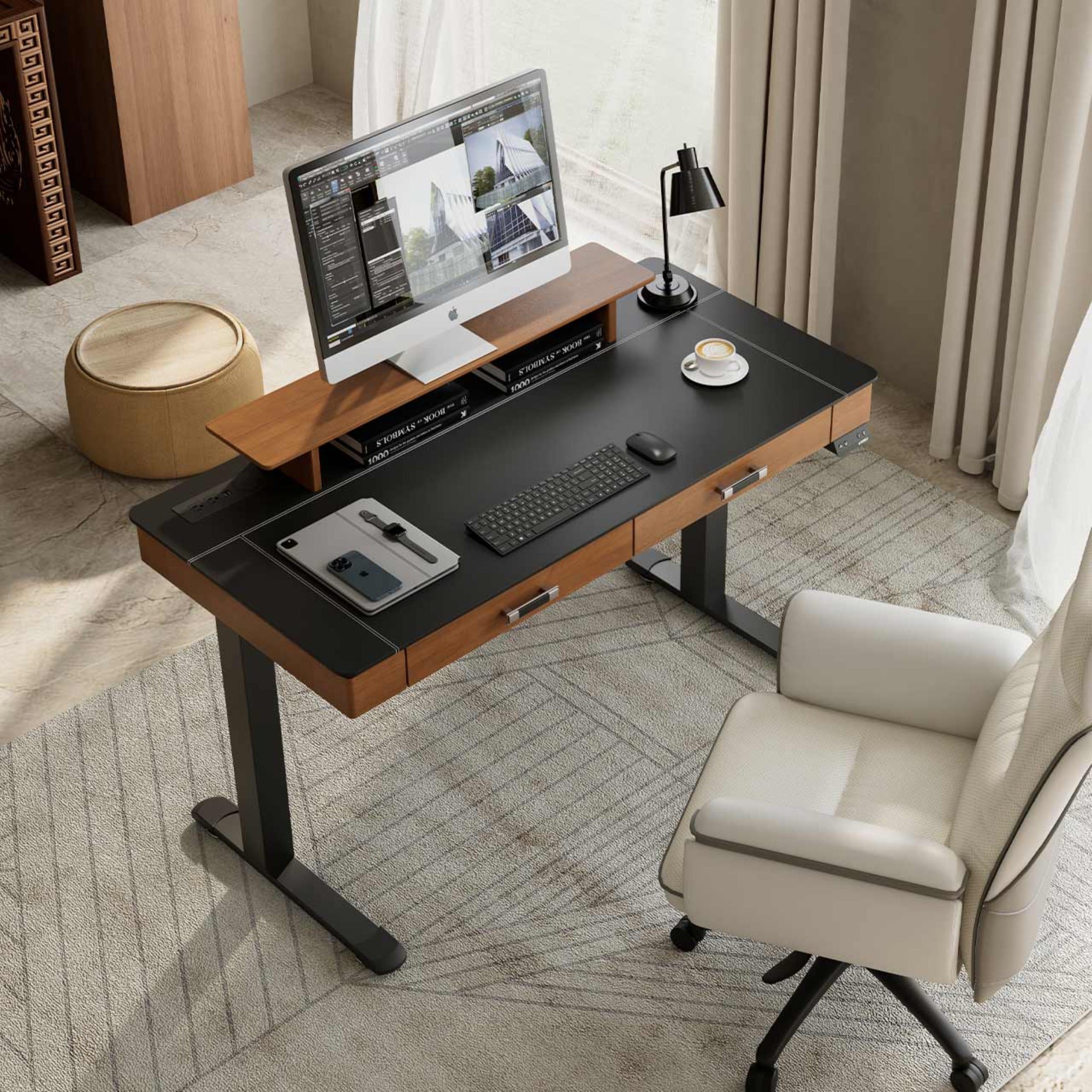
Productivity Paradox: Mixed Outcomes
Short-Term Boost vs. Long-Term Sustainability
Initial adoption of standing desks often correlates with a sense of novelty and increased energy, which can translate into a temporary boost in productivity. However, the sustainability of this effect is less clear. Some users report a decline in productivity once the initial excitement wears off, emphasizing the importance of finding an individualized balance that supports both comfort and focus over the long haul.
Customizing Workflows for Optimal Output
The key to maximizing productivity lies in customization and flexibility. Allowing employees to alternate between sitting and standing based on their tasks and energy levels can foster a more dynamic work environment. Task-intensive work might benefit from seated concentration, while brainstorming sessions or phone calls could be more productive when standing. Personalized workflows that integrate standing desks can lead to higher job satisfaction and output.
Mitigating Negative Effects: Strategies for Success
To fully embrace the standing desk revolution without falling prey to its potential pitfalls, implementing strategic measures is paramount. One such strategy involves the implementation of regular stretch breaks and light exercises. Encouraging workers to perform simple stretches targeting the back, neck, legs, and feet can significantly alleviate discomfort and prevent long-term musculoskeletal issues. Additionally, incorporating brief walking sessions around the office every hour can further stimulate blood flow and refresh mental clarity.
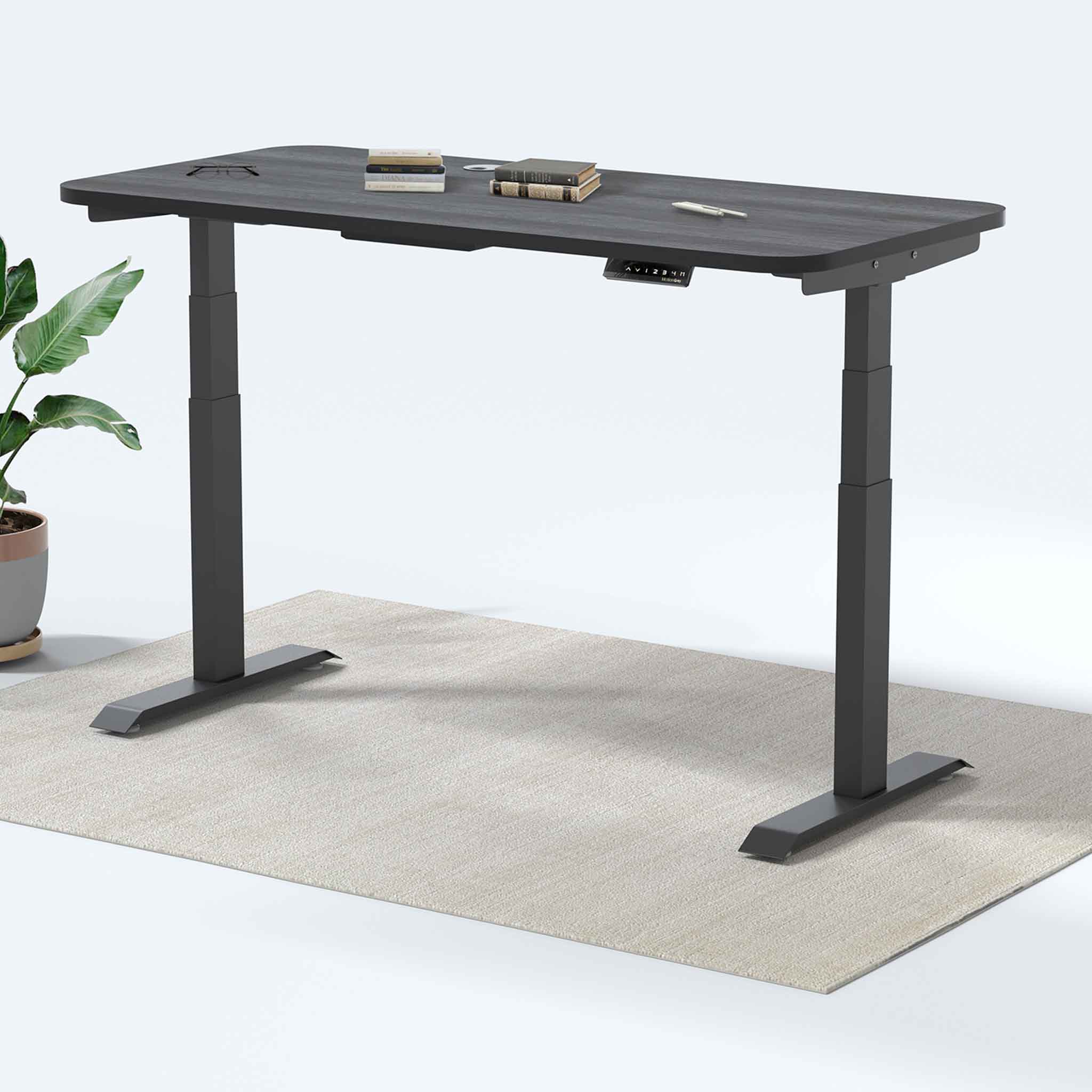
Ergonomic Education and Training
A successful transition to standing desks also hinges on comprehensive ergonomic education. Providing employees with guidance on correct desk setup, monitor positioning, and keyboard height ensures that each individual is equipped to customize their workstation for optimal comfort and efficiency. Regular workshops or online resources can address common misconceptions, teach proper standing posture, and introduce techniques to alternate between sitting and standing effectively.
Technology Integration for Smart Workspaces
Advancements in technology are making it easier to integrate standing desks seamlessly into the modern workspace. Height-adjustable desks with programmable settings allow users to switch between sitting and standing positions effortlessly, promoting adherence to varied postures throughout the day. Smart wearables and apps can also play a role, reminding users to change positions, tracking activity levels, and even suggesting personalized movement routines based on individual usage patterns.
Cultural Shift: Fostering a Supportive Environment
For standing desks to become a staple of a healthy work culture, organizational support is vital. Management should lead by example, openly using standing desks and encouraging open dialogue about the benefits and challenges. Offering choice and flexibility in workstations, coupled with a culture that values employee wellness, fosters an environment where standing desks are not only accepted but celebrated as a proactive step towards a healthier workforce.
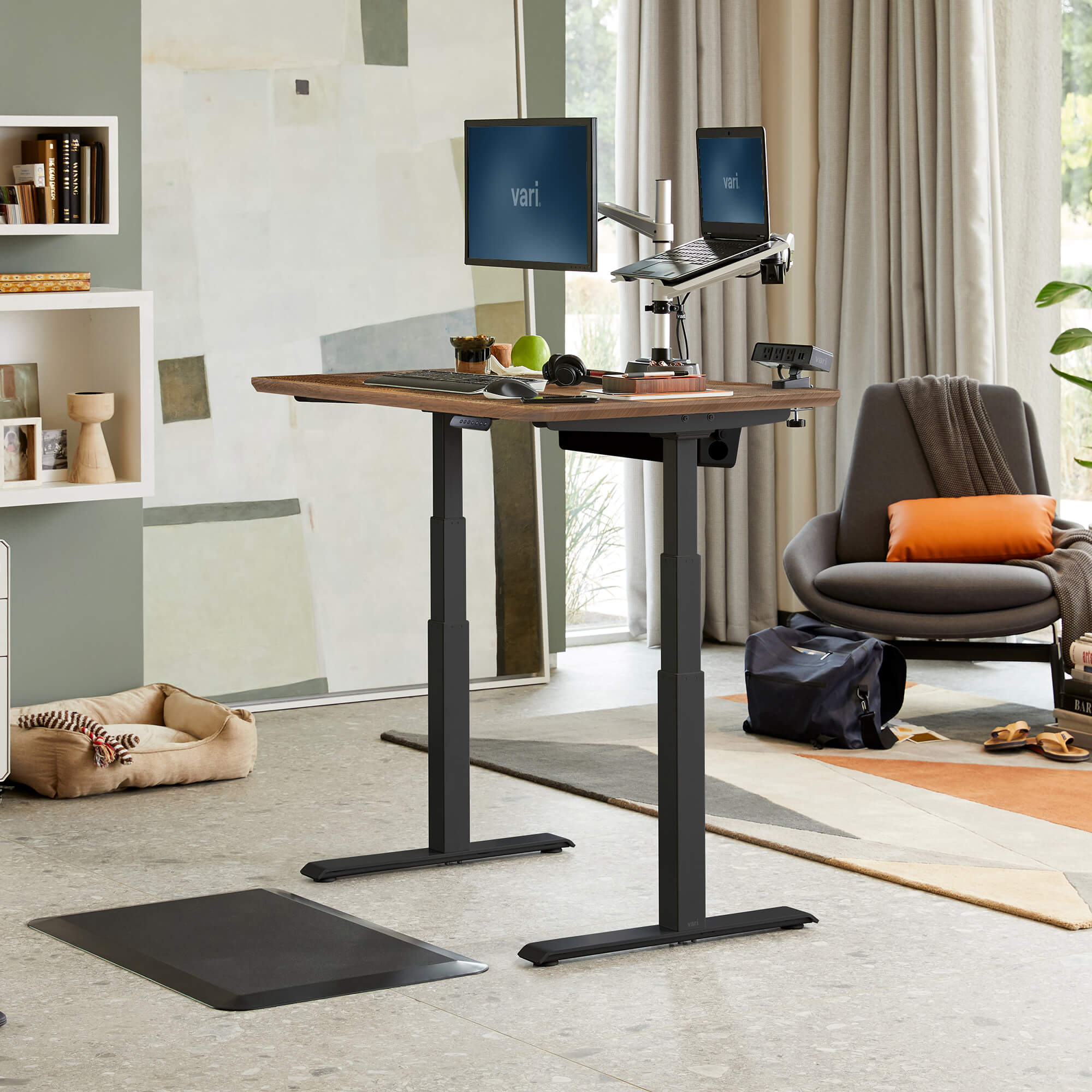
Evaluating Return on Investment (ROI)
While the upfront costs of implementing standing desks can be substantial, assessing the ROI goes beyond mere financial calculations. Reduced absenteeism due to improved health, increased productivity, and enhanced employee morale are all intangible benefits that contribute to a positive ROI. Organizations may also witness a boost in their public image as forward-thinking and employee-centric, thereby attracting and retaining talent in a competitive market.
Embracing the Evolution: The Future of Standing Desks
As research into the effects of standing desks continues to evolve, so too will the technology and design behind them. Future iterations may incorporate even more advanced ergonomic features, AI-driven adjustments, or biometric sensors that dynamically respond to individual user needs. The standing desk revolution is not just about swapping chairs for standing platforms; it’s about reimagining the way we work, placing health and productivity at the forefront of workplace design.
The decision to adopt a standing desk should be a well-informed one, taking into account individual health needs, work patterns, and the overall work environment. While standing desks undeniably offer health benefits and the potential to boost productivity, their effectiveness is ultimately tied to how they are integrated into daily routines. Regular breaks, ergonomic adjustments, and a balanced approach to sitting and standing are essential to reaping the full rewards of this innovative workplace tool. As with any ergonomic intervention, the standing desk dilemma underscores the importance of customization and adaptability in creating a truly healthy and productive workspace.
